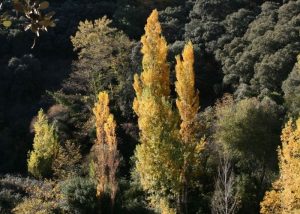ANDALUCIA – When most tourists have left Andalucia in the wake of the heat, the best season to visit this southern Spanish region starts. Wooded nature reserves don their dramatic autumn outfit and yield fruits that villagers celebrate the harvest extensively.
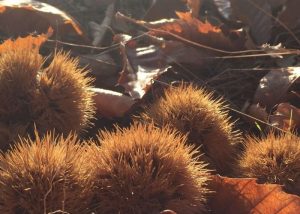
Sierra de Cazorla, Segura y las Villas
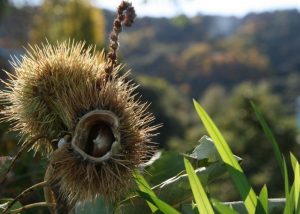
The area with waterfalls, reservoirs, rugged rocks, and deep gorges is a mecca for outdoor sports enthusiasts. The highest peak of the park is Cerro Empanadas which reaches up to 2,200 metres. The most beautiful walking and cycling routes are everywhere, although the park is also large enough to explore by car. The beating heart of the park is the town of Arroyo Frío. In Segura de la Sierra are Arab baths and a castle from the thirteenth century.
More information: Turismoencazorla.com, Sierrasdecazorlaseguraylasvillas.es
La Alpujarra
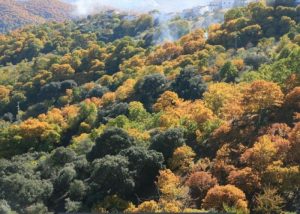
The first village you pass is Lanjarón, known for its hot springs and associated spa. This is followed by hippie mecca Órgiva, which is the buzzing centre of the region. And also the most touristic villages are Pampaneira, Bubión, and Capileira. Capileira is the gateway to the highest peaks of the Sierra Nevada, the Mulhacén (3,478m) and the Veleta (3,396m). Numerous walks start from here and also an old road that is very popular with cyclists to the peaks. In Trevélez, the highest village in Spain at 1,476 metres, delicious jamón serrano is dried in the cool and healthy mountain air.
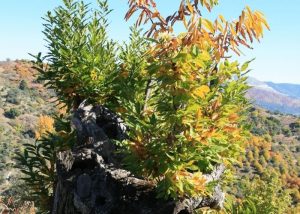
More information: Laalpujarra, La-alpujarra.org, Turismoalpujarra.com, Andalucia.org, Juntadeandalucia
Sierra de Aracena
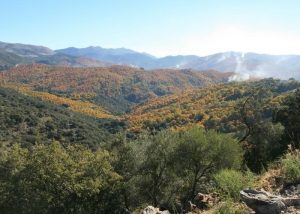
While you walk here on ancient paths through beautifully coloured oak and chestnut forests you will encounter many black pigs. In the dehesas (meadows with cork and holm oaks), these Iberian pigs feed on herbs, shrubs, and acorns, giving their ham a delicious, typical taste. You pass castles, churches, and monasteries, and everywhere you literally and figuratively taste rural life and the products that are produced with it. Ham factories, chestnut cultivation, and mushrooms together with cork production are the main source of income in this area.
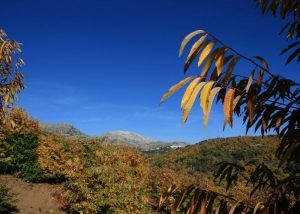
More information: Sierradearacena.com, Turismosierradearacena.com, Jabugo.es
Valle Genal in the Serrania de Ronda
This lovely valley with tiny white villages and mainly overgrown with chestnuts and other deciduous trees are located in the Serranía de Ronda. Unfortunately, some of the vegetated hills south and partly northeast of Jubrique and Genalguacil in the Sierra Bermeja have been blackened by the recent forest fire. Still, many trees in the other parts of the area have been saved and will still form the ochre forest in autumn.
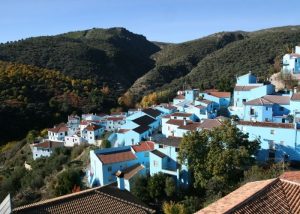
Not only around Júzcar, but around all the villages with striking names such as Parauta, Fajarán, and Igualeja you can enjoy wonderful walks along mainly chestnut trees. Every year, 4 million kilos of chestnuts are harvested in this area on 3,500 hectares. Pujerra is the chestnut capital of the area. Restaurant Casa Benito serves various dishes with chestnuts, from main meals, soups to desserts.
Another charming village to visit is Igualeja with barely 800 inhabitants. Here you can enjoy dishes with chestnuts in the restaurants El Perol and El Nacimiento. A walking route starts from Calle La Tetona through a beautiful chestnut forest and with magnificent views over the surrounding hills. With its numerous caves and gorges, Parauto is a mecca for speleologists.
More information: Serraniaronda.org, Turismoderonda.es, Juzcar.es


